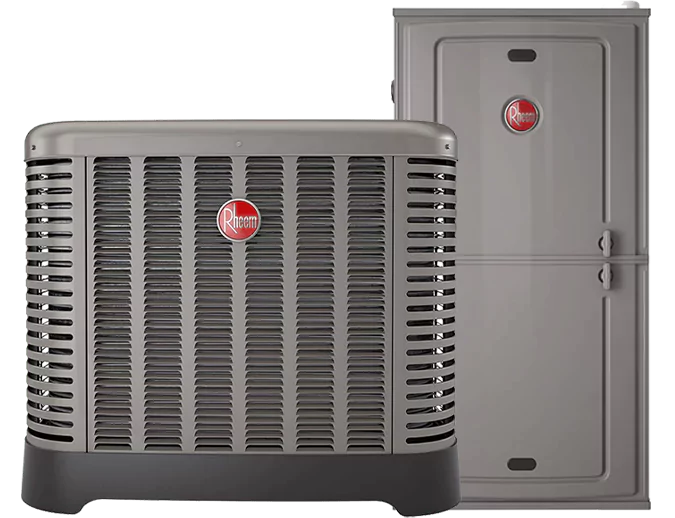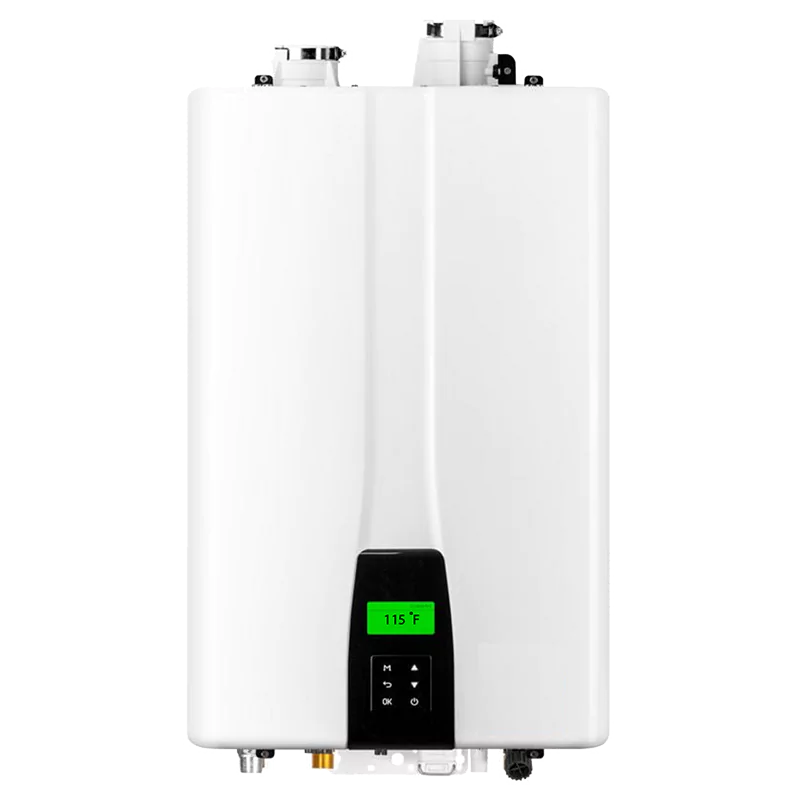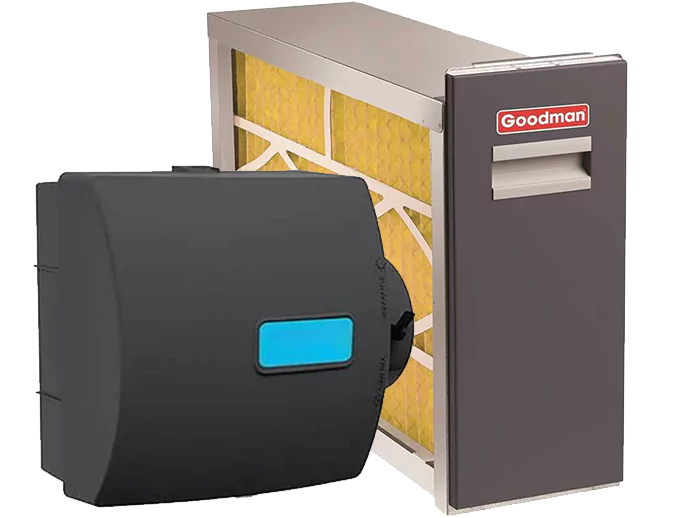FAQs
Welcome to the FAQ page of ClearView Services, your trusted source for plumbing, heating, and cooling solutions in Calgary. As experienced plumbers and HVAC experts, we are dedicated to providing you with reliable information and expert guidance. Here, you will find answers to frequently asked questions about a wide range of topics related to plumbing, heating, air conditioning, and more. Whether you have questions about common plumbing issues, HVAC maintenance, or energy-efficient solutions, we have you covered. Our team of skilled professionals brings years of expertise and a commitment to exceptional service. We understand the importance of clear and concise information when it comes to your home’s comfort and safety. We strive to be your go-to resource for all your plumbing and HVAC needs. Browse through our FAQ section to find answers to your most pressing questions. If you don’t see what you’re looking for, feel free to reach out to our knowledgeable Calgary plumbers and HVAC experts for personalized assistance.”




